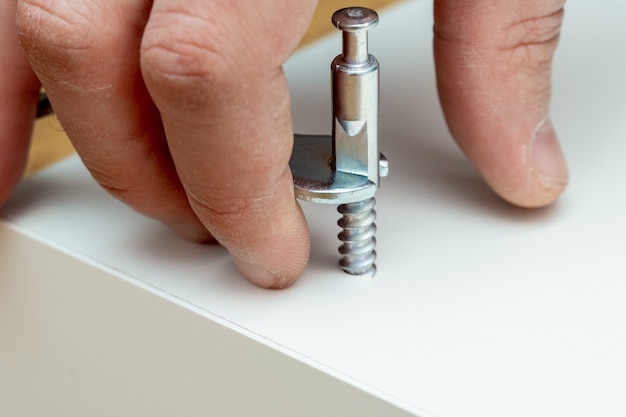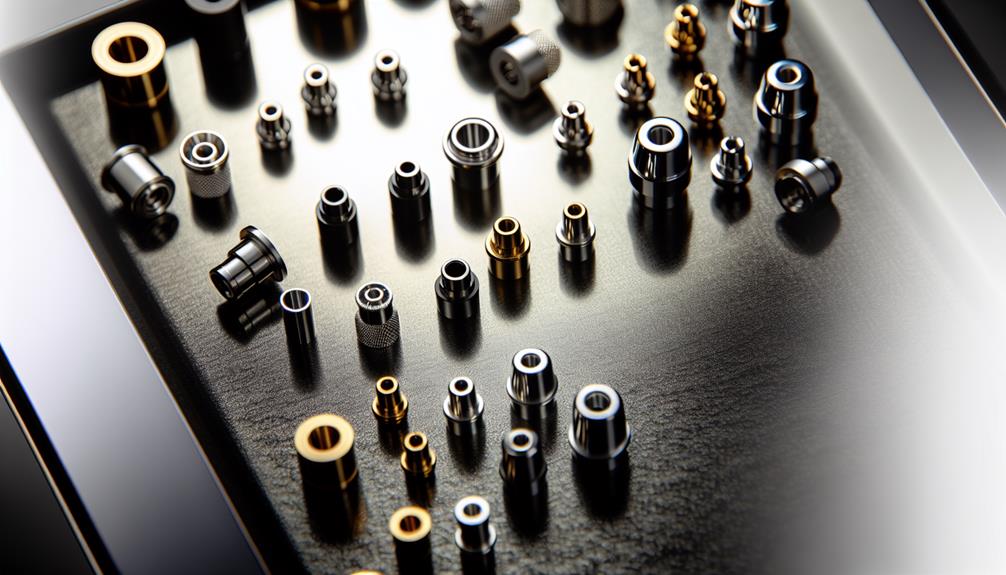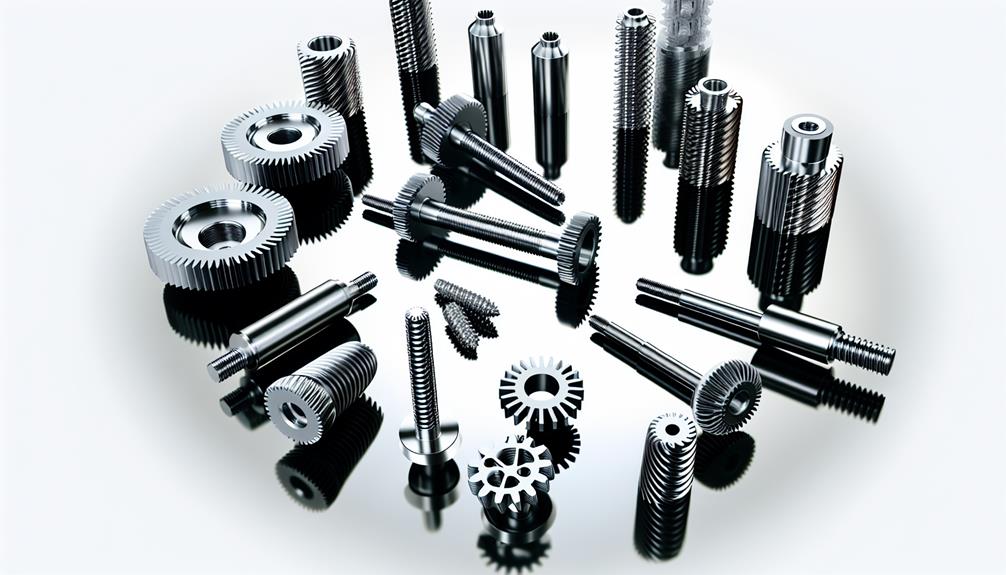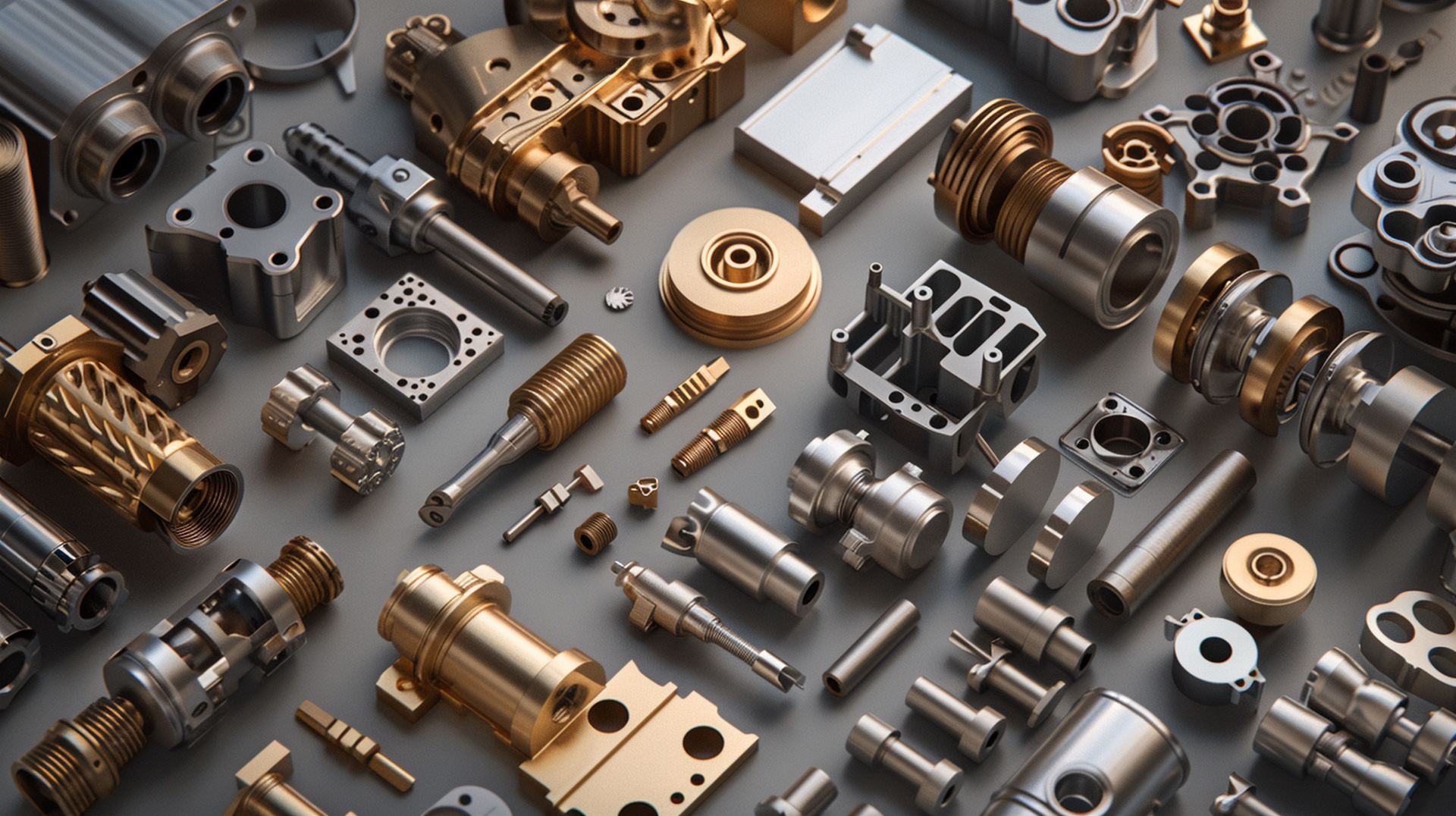How to Get a Screw Out of a Deep Hole
Removing a screw lodged deep within a hole can often pose a significant challenge, requiring the appropriate tools and techniques. This article seeks to provide a comprehensive guide on how to successfully extract screws from deep holes.
By employing various methods such as utilizing magnets or screw extractors, applying heat, and knowing when it is necessary to seek professional assistance, readers will acquire the necessary knowledge to tackle this task effectively.
With these invaluable insights at hand, the seemingly insurmountable obstacle of retrieving screws from deep holes can be overcome with ease.
Key Takeaways
- Assess the depth of the screw hole and choose the appropriate tools for removal.
- Use magnets or magnetic tools to attract and grip onto the metal surface of the screw.
- Consider using specialized screw extractor tools for stripped or damaged screw heads.
- Apply heat to the screw to expand the metal and reduce friction for easier unscrewing.
1. Assess the Depth of the Screw Hole

The depth of the screw hole should be assessed in order to determine the appropriate method for removing the screw. This is an important step because it allows you to understand the extent to which the screw is embedded in the material, and therefore, what tools and techniques will be required for its extraction.
To assess the depth of the screw hole, you can use a ruler or measuring tape to measure from the surface of the material to the bottom of the hole. Alternatively, if the hole is too deep or inaccessible for direct measurement, you can estimate its depth by comparing it with known lengths such as standard screw sizes or other reference points on your project.
Once you have determined the depth of the screw hole, you can proceed to gather the required tools for removal. By knowing how deep it goes, you will have a better idea of whether standard methods like using pliers or a screwdriver will suffice, or if more specialized tools such as an extractor kit or power drill with a screw extractor bit are needed.
Assessing and understanding this information beforehand will enable you to approach your task with greater efficiency and increase your chances of successfully removing a stubbornly lodged screw from a deep hole.
2. Gather the Required Tools

To gather the necessary tools for this task, one must ensure that they have all the required equipment on hand. Having the right tools can make the process of removing a screw from a deep hole much easier and efficient. The following table provides an overview of the essential tools needed:
| Tools | Description |
| Screwdriver | A tool used to turn screws |
| Pliers | Used for gripping and pulling screws |
| Drill | Can be used to create a new hole or loosen stuck screws |
The screwdriver is a fundamental tool in any toolbox and comes in various sizes and types, including flathead and Phillips head screwdrivers. Pliers are useful when dealing with stubborn or stripped screws, as they provide extra grip and leverage. In some cases, using a drill may be necessary if the screw is too tight or if you need to create a new hole.
When attempting to remove a screw from a deep hole, it is advisable to try using a magnet or magnetic screwdriver. This can aid in attracting and extracting the screw without causing further damage or complications.
The subsequent section will delve into specific techniques involving magnets and magnetic screwdrivers for effectively removing screws from deep holes.
3. Try Using a Magnet or Magnetic Screwdriver

Using a magnet or a magnetic screwdriver can be an effective strategy for extracting screws from difficult-to-reach locations. When faced with a situation where a screw is lodged deep within a hole, it may not be feasible to use traditional methods such as pliers or a regular screwdriver due to limited space. In such cases, employing the magnetic properties of either a magnet or a magnetic screwdriver can prove to be beneficial.
Magnets are known for their ability to attract metallic objects, and when applied to the task of removing screws, this property can be advantageous. By placing a magnet near the head of the stuck screw, it is possible for the magnetic force to attract and grip onto the metal surface. This allows for easier manipulation and extraction of the screw from its confined location.
Similarly, using a magnetic screwdriver provides an alternative approach that capitalizes on its inherent magnetism. With this tool in hand, one can position the tip of the screwdriver close to the stuck screw and rely on its magnetic pull to secure contact with the metallic surface. From there, by applying sufficient rotational force in an anti-clockwise direction, it becomes possible to loosen and remove even stubborn screws.
While using magnets or magnetic tools proves effective in many scenarios, there may arise situations where these options fall short. In such instances, it becomes necessary to explore other alternatives like utilizing specialized tools called 'screw extractor tools'. These tools are specifically designed for removing stubborn screws and will be discussed in further detail next.
4. Use a Screw Extractor Tool

Utilizing a specialized tool known as a screw extractor can be a viable solution for removing stubborn screws that are lodged tightly in place. A screw extractor is specifically designed to grip onto the inside of the screw, allowing it to be rotated counterclockwise and removed from its position. This tool is particularly useful when dealing with stripped or damaged screw heads, making it an essential addition to any toolbox.
To better understand the advantages and limitations of using a screw extractor, consider the following table:
| Advantages | Limitations |
| Effective for stripped or damaged screw heads | Not suitable for screws with broken shafts |
| Versatile and compatible with various types of screws | May require drilling a pilot hole before use |
| Provides increased torque for easier removal | Requires careful handling to avoid surface damage |
It is important to note that while using a screw extractor can often solve the problem of removing stubborn screws, it may not always guarantee success. In cases where the screw extractor fails to loosen the screw, applying heat can be an alternative method worth considering.
5. Apply Heat to Loosen the Screw

Applying heat to the fastening element can be an effective method for facilitating the loosening of a firmly secured screw. Heat causes the metal components to expand, which in turn reduces the friction between Applying heat to the fastening element can be an effective method for facilitating the loosening of a firmly secured screw. Heat causes the metal components to expand, which in turn reduces the friction between them and makes it easier to unscrew. Here are some steps you can follow:
- Step 1: Use a heat source such as a blowtorch or heat gun.
- Warning: Exercise caution when using these tools and follow safety guidelines.
- Step 2: Aim the heat directly at the fastening element.
- Imagery: Visualize the intense heat being directed towards the area where the screw is located, gradually warming up its surroundings.
By applying heat, you create thermal energy that breaks down any adhesive materials, such as thread lockers or sealants, that may have been used during assembly. This helps to weaken their grip on the screw and allows for easier removal.
6. Seek Professional Help if Necessary

In situations where difficulties are encountered or lack of confidence in one's abilities arises, it may be necessary to seek professional assistance. When attempting to remove a screw from a deep hole, particularly when other methods have failed, seeking the help of a professional can provide a solution to this problem. Professional technicians possess specialized knowledge and experience, enabling them to handle complex situations effectively.
The decision to seek professional help should be based on several factors such as the depth of the hole, the type and size of the screw, and the tools available. A professional technician will be equipped with specialized tools designed for extracting screws from deep holes safely and efficiently. They also have a wealth of experience dealing with similar situations and can offer valuable insights and techniques that may not be readily available to an amateur.
To illustrate the importance of seeking professional assistance in such situations, consider the following table:
| Factors | DIY Attempt | Professional Assistance |
|---|---|---|
| Depth | Limited | Specialized |
| Screw Type/Size | Limited Tools | Specialized Tools |
| Experience/Knowledge | Amateur | Expertise |
In conclusion, removing a screw from a deep hole can be a challenging task. By assessing the depth of the hole and gathering the necessary tools, such as a magnet or screw extractor tool, one may successfully extract the screw.
Applying heat to loosen it can also prove effective. However, seeking professional assistance is advisable if difficulties persist.
Remember, 'where there's a will, there's a way' to conquer even the most stubborn screws in deep holes.
Know More from Mikehardware! Feel free to contact us to ask any questions!




